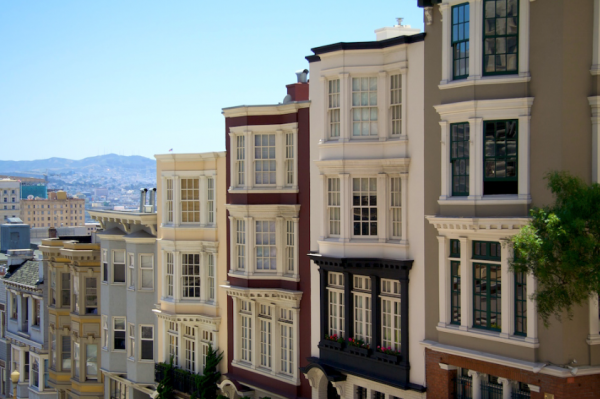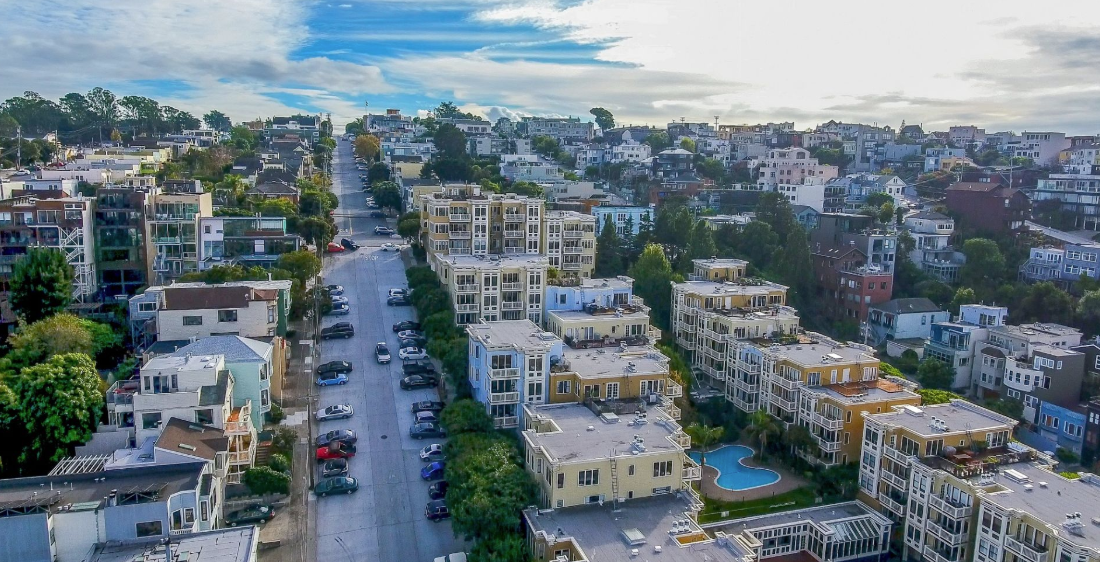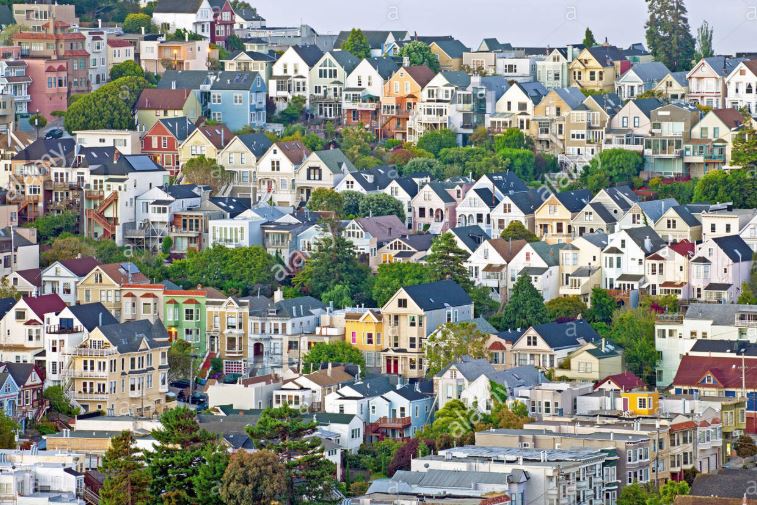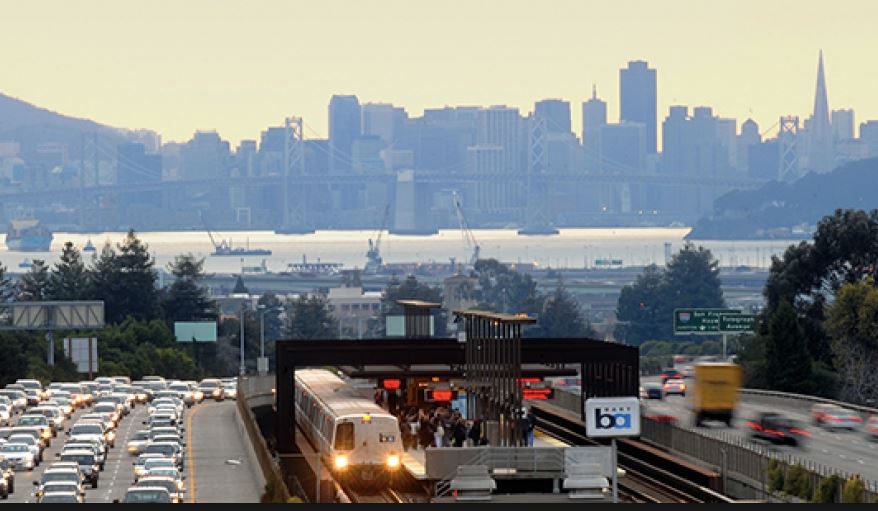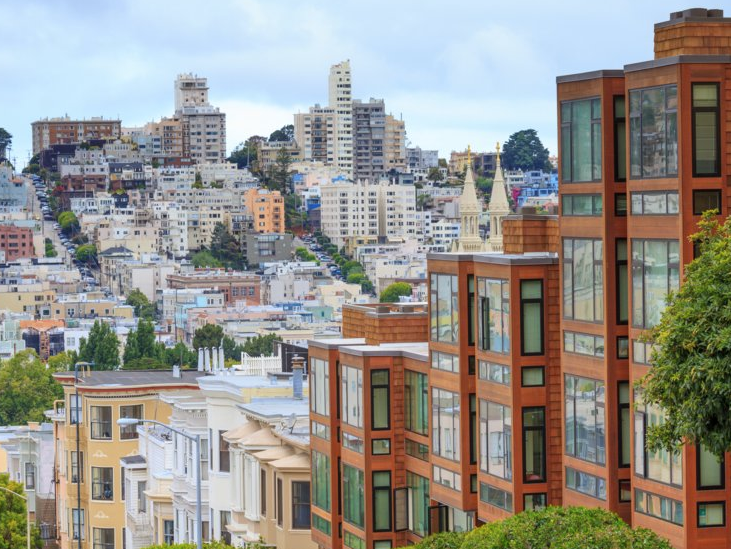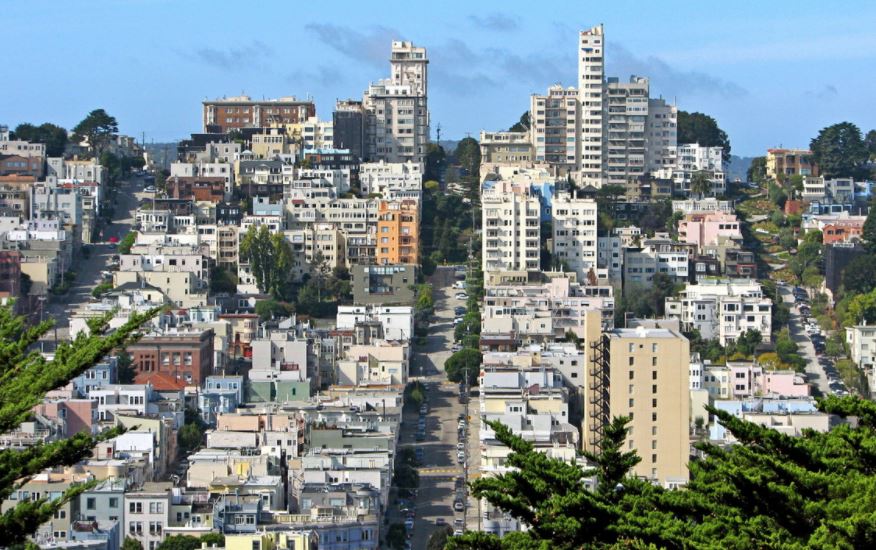This November, California voters will decide whether to repeal statewide limitations on local rent control. A majority vote for Proposition 10 would repeal the Costa Hawkins Act, a 1995 law that limits the reach of local rent control measures to multi-family housing built before 1995, and forbids cities and counties from setting the initial rent rate for new tenants. If Proposition 10 passes, policy debates over rent control will be settled at the local level. It is also unlikely that any statewide limitations on rent control would be enacted in the future, because Proposition 10 is an initiative measure that can only be amended or repealed by the voters.
As explained in our last update on this topic, the Legislature enacted the Costa Hawkins Act to strike a balance between the interests of landlords and tenants. The Costa Hawkins Act allows cities and counties to impose rent control on older multi-family housing stock built before 1995 to protect existing tenants. However, it forbids cities and counties from regulating the initial rent for a new tenant, a limitation known as “vacancy decontrol.” The Costa Hawkins Act also prohibits cities and counties from imposing rent control on single-family homes or housing built after 1994 to avoid discouraging the construction of new housing units.
Proposition 10 would allow—but not require—each of the 482 cities and 58 counties in California to regulate rents for all housing types and limit the rent landlords can charge new tenants. The only limitation on rent control regulations would be a requirement that they allow landlords a “fair rate of return” on their investment. The “fair rate of return” restriction is already imposed by courts. Rent control regulations that do not allow a “fair rate of return” result in an unconstitutional “taking” of private property in violation of both the United States and California Constitutions.
The arguments for and against rent control are familiar, especially to those of us in the Bay Area. Proponents generally argue that rent control protects tenants unable to weather sharp rent increases when market rate rents rise quickly. Opponents generally argue that rent control is a disincentive to the construction of new housing, constricting supply and making existing housing crises worse. Proposition 10 introduces another argument to the mix, with proponents portraying it as a measure that would restore local control, allowing each city and county to choose the approach that is right for its community.
The recently-released Legislative Analyst’s Office (LAO) summary and fiscal analysis of Proposition 10, which will be included with ballot materials in November, points up the financial consequences if cities and counties adopt robust rent control regulations. If rent control expands, the LAO anticipates some landlords will sell their rental housing stock, the value of rental housing stock will decline, some renters will spend less on rent, and some renters will move less often. The LAO anticipates these changes will reduce state and local revenues, with the greatest effect being decreased property taxes. If several cities and counties expand moderate rent control to cover most of their rental housing, the LAO anticipates tens of millions in lost revenue per year. If many cities and counties pass strong rent control laws, the LAO estimates that revenue losses could be in the hundreds of millions.
While the fate of Proposition 10 is far from clear, the uncertainty it creates may slow the pace of multi-family residential construction. That would be unfortunate. Whatever your feelings about rent control as a policy issue, it is clear that communities throughout the state need to bring as many residential units as possible to market as soon as we can.
Authored by Reuben, Junius & Rose, LLP Attorney, Matthew Visick
The issues discussed in this update are not intended to be legal advice and no attorney-client relationship is established with the recipient. Readers should consult with legal counsel before relying on any of the information contained herein. Reuben, Junius & Rose, LLP is a full-service real estate law firm. We specialize in land use, development, and entitlement law. We also provide a wide range of transactional services, including leasing, acquisitions and sales, formation of limited liability companies and other entities, lending/workout assistance, subdivision, and condominium work.

